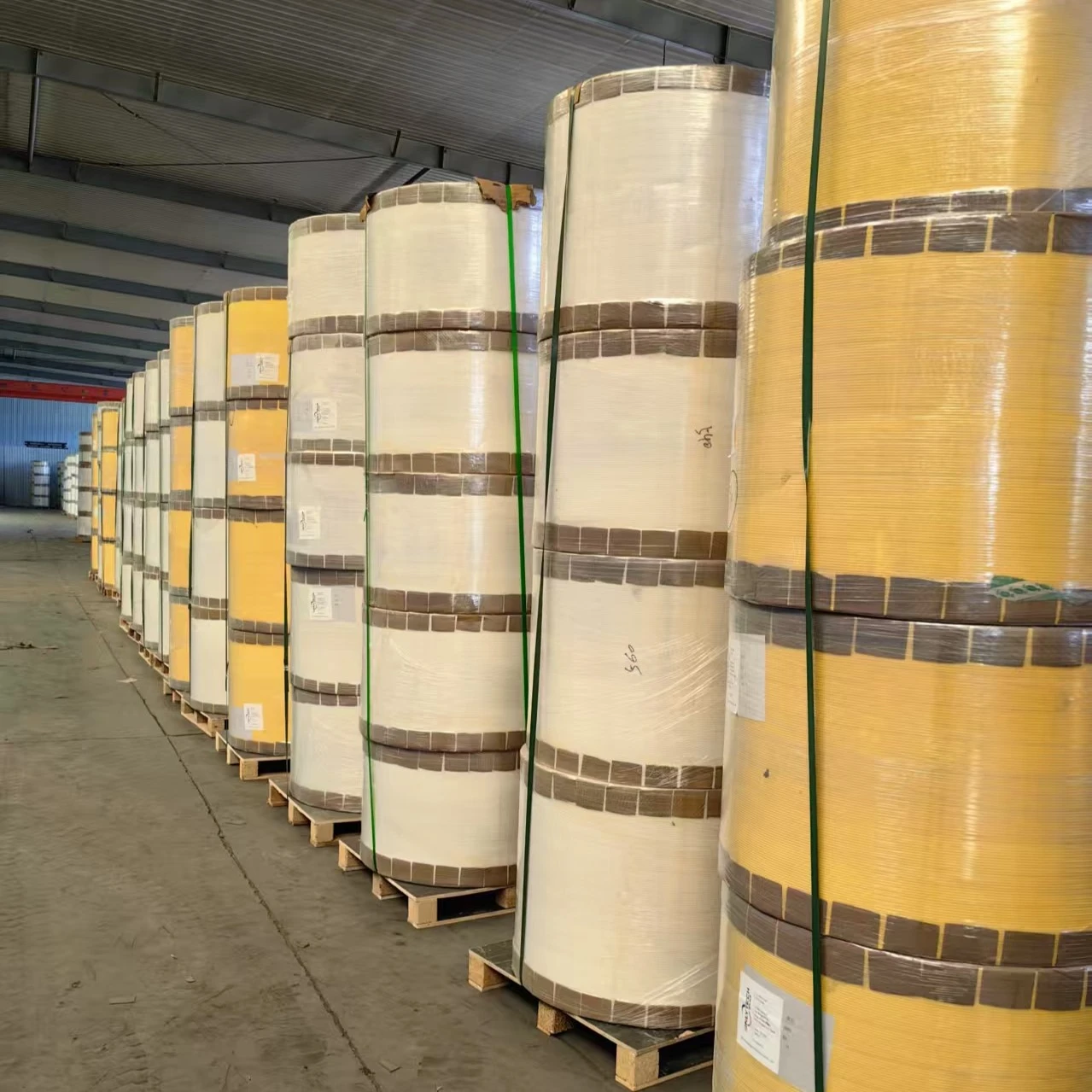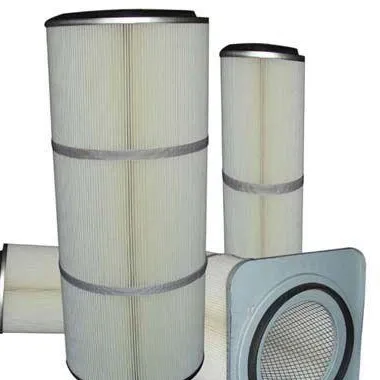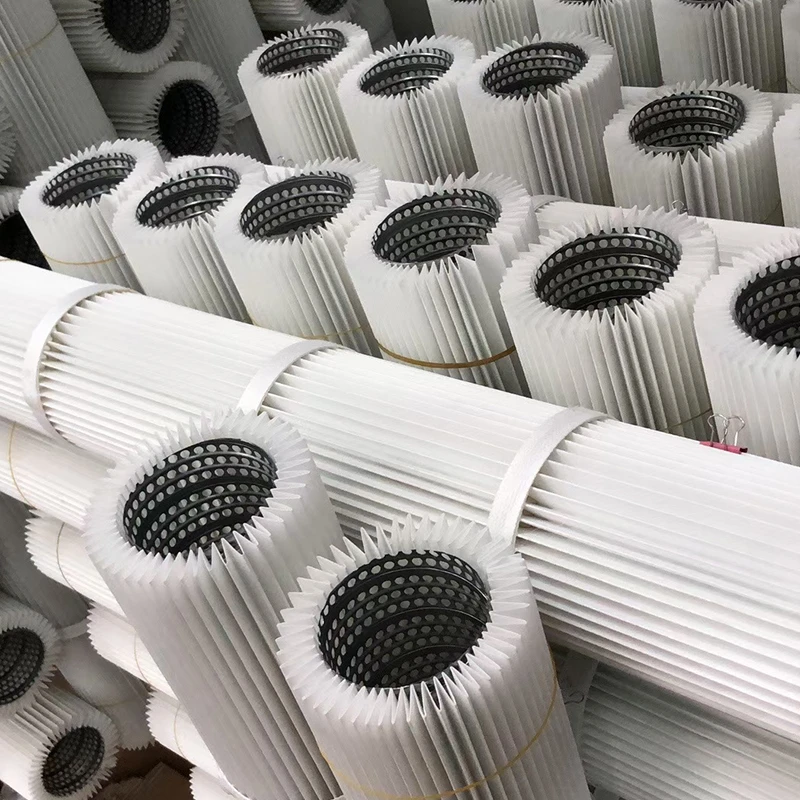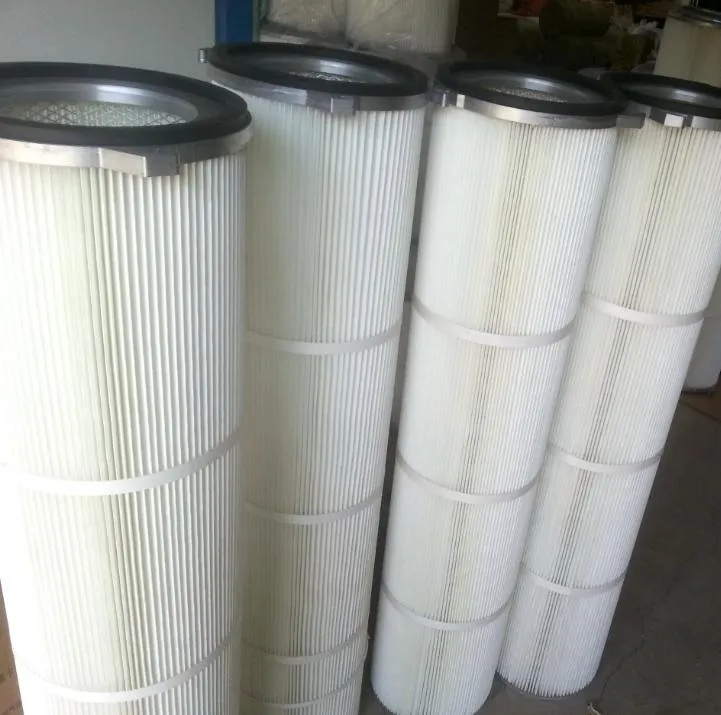 Tel:
+8618931101301
Tel:
+8618931101301
Oct . 21, 2024 21:25 Back to list
Carbon-Infused Cellulose Filter Cartridge for Enhanced Filtration Efficiency and Longevity
The Role of Carbon Impregnated Cellulose Filter Cartridges in Filtration Technology
In the realm of filtration technology, the importance of effective filtration systems cannot be overstated. Among the various technologies employed, carbon impregnated cellulose filter cartridges stand out as efficient solutions for purifying liquids and gases. These filter cartridges leverage the natural properties of cellulose and the exceptional adsorptive capacity of carbon, creating a powerful tool for diverse applications in industrial, environmental, and residential settings.
Understanding Carbon Impregnated Cellulose Filters
At their core, carbon impregnated cellulose filter cartridges consist of cellulose fibers infused with activated carbon. Cellulose, a natural polymer derived from plant cell walls, provides a sturdy matrix and enhances the filter's structural integrity. Activated carbon, on the other hand, is renowned for its high surface area and porous structure, which allows it to adsorb impurities effectively.
The impregnation of carbon into cellulose filters significantly enhances their filtration capabilities, particularly in removing unwanted contaminants, odors, and volatile organic compounds (VOCs). This combination not only enhances the physical filtration but also adds a chemical adsorption phase, making these cartridges versatile in their applications.
Applications and Benefits
The versatility of carbon impregnated cellulose filter cartridges is highlighted in numerous applications, from drinking water purification to industrial waste management. In water treatment facilities, these filters effectively remove chlorine, chloramines, and other harmful substances, ensuring the delivery of clean and safe drinking water. Their effectiveness against a wide range of contaminants makes them an ideal choice for residential water filtration systems as well.
In the air filtration sector, these cartridges are utilized to enhance indoor air quality by adsorbing odors, smoke, and harmful gases. This is particularly beneficial in commercial settings such as restaurants and manufacturing plants where airborne pollutants can pose health risks.
carbon impregnated cellulose filter cartridge

Another significant application lies in the oil and gas industry. Here, carbon impregnated cellulose filters play a crucial role in removing impurities from fuel and lubricants, ensuring optimal performance and longevity of machinery. These filters can handle high flow rates and deliver reliable performance under various operational conditions.
Environmental Impact
The environmental benefits of using carbon impregnated cellulose filter cartridges are noteworthy. Cellulose is a biodegradable and renewable resource, and when incorporated into filtration systems, it contributes to sustainability efforts by reducing reliance on synthetic materials. Moreover, the use of activated carbon derived from renewable sources, such as coconut shells or wood, further enhances the eco-friendliness of these filters.
By effectively removing contaminants from water and air, these filter cartridges reduce pollution and contribute to healthier ecosystems. Their ability to minimize waste generation, particularly when designed for easy and straightforward replacement, aligns with the growing demand for sustainable practices in industries worldwide.
Maintenance and Best Practices
While carbon impregnated cellulose filter cartridges offer numerous benefits, proper maintenance is essential to ensure optimal performance. Replacement schedules should be adhered to, as over-saturation of carbon can lead to diminished filtration efficiency. Regular checks for pressure drop across filters can indicate when maintenance is needed.
In conclusion, carbon impregnated cellulose filter cartridges represent a significant advancement in filtration technology, combining the best of natural materials with durable and effective filtering capabilities. Their widespread applications and environmental benefits make them an ideal choice for industries and households seeking efficient solutions to purify air and water. As technology evolves, the continued development and optimization of these cartridges will undoubtedly play a pivotal role in the pursuit of cleaner and healthier environments.
-
Working principle of high-efficiency dust filter elementNewsJun.26,2025
-
The truth about washable filters: Does repeated use really not affect efficiency?NewsJun.25,2025
-
Effect of humidity on the performance of activated carbon filter elementsNewsJun.24,2025
-
Material selection considerations for dust removal filter elements under high temperature conditionsNewsJun.23,2025
-
Cold knowledge of air filters: Why are some designed to be pleated?NewsJun.16,2025
-
Factory direct supply! High-precision air filter element wholesale and customizationNewsJun.12,2025

 Email:
Email:





